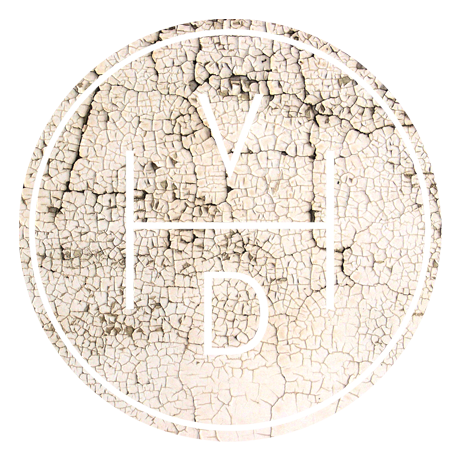Alan Hall - Wild Food Trailguide, 1973
This may sound stupid to some more experienced foragers, but I've been hunting wintergreen for some time now - I'm not sure how it eluded me so readily but I never seemed to track any down. I have found a lot of reference to wintergreen in many books but I think "The Wild Food Trailguide" by Alan Hall was one of the best. The book was written in 1973 and is one of the classic guides for the North American forager. I particularly, and understandably, like the expansive wild teas section.
“WINTERGREEN Gaultheria procumbens
IDENTIFYING CHARACTERISTICS: This tiny plant is actually a shrub with stems that creep along the surface of the ground or just below it. At interval along the stem, leaf-bearing branches that look like individual plants thrust upward. They are 3 - 6 in. high and have a distinct woody character. The shiny evergreen leaves are clustered at the top of the branches. The leaves are fleshy and tender, pale yellow-green with tinges of red or sometimes almost all red, and smell strongly of wintergreen when crushed; the older leaves are shiny, dark green with lighter undersides, have a tough leathery texture, and are less frangrent.”
Wintergreen Tea
The really great thing is that wintergreen grows all year round, due to this I figured now would be as good a time as any to look for it as, there is little else in leaf in its size range right now. Doing a little hiking last weekend I made a point of hunting wintergreen and almost immediately I came across a little patch by the trail head. After that it seemed to be everywhere, maybe I got dialed in. The main thing I checked for was that the leaves actually smelt of wintergreen - the easiest way to make a clear identification.
Wintergreen Tea
So with the Trangia cranked and the water boiled I threw in a small handful of wintergreen leaves and steeped them for about ten minutes. The resulting brew was great; it had a pleasant but mild minty flavor with a foresty, leafy tang. Very refreshing. Next time I think I'll add a BIG handful and try and eek out some more flavor, but it was an impressive start.
The leaves can be dried but some of the flavor is lost so it's best to use them freshly picked. Hall also goes onto to describe a root beer like concoction which can be made similarly to tea. If I get a big harvest next time, I might give it a try.
"The Wild Food Trailguide" is an excellent book worth hunting out. Hall mentions 16 wild teas in its pages, so you may hear more from this very interesting read.



